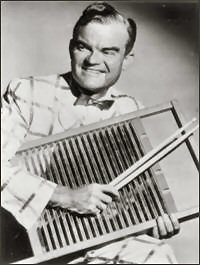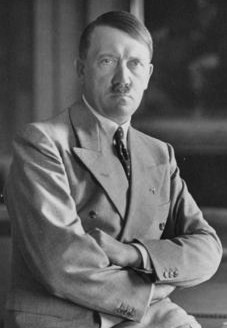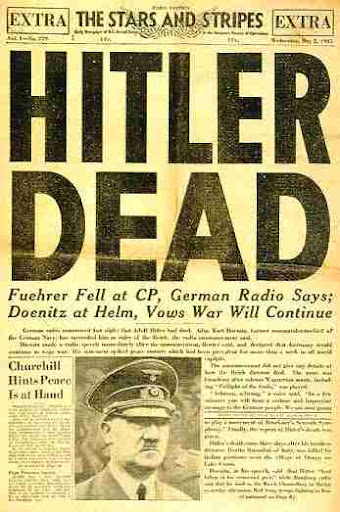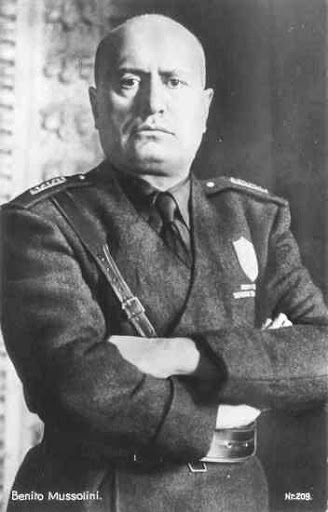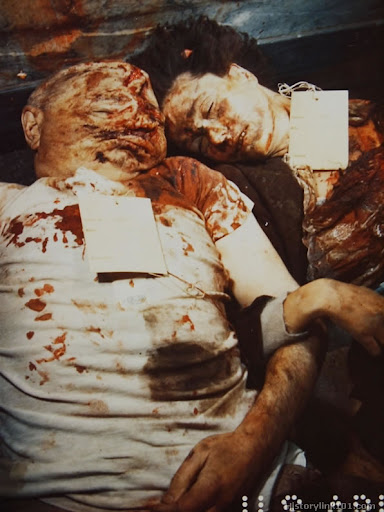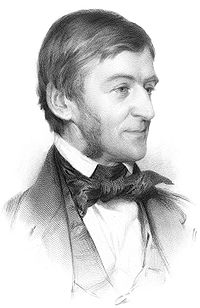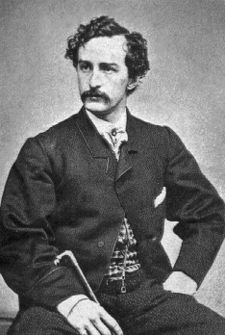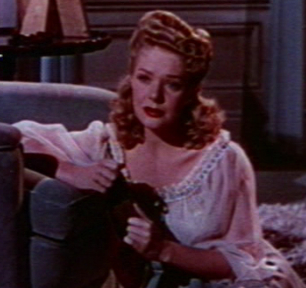 The Life of Alice Faye
The Life of Alice FayeAlice Faye (born Alice Jeane Leppert on May 5, 1915 - May 9, 1998) was an American actress and singer. She is remembered first for her stardom at 20th Century Fox and, later, as the radio comedy partner of her second husband, bandleader-comedian Phil Harris.
Born in New York City, she was the daughter of a New York police officer of German descent and his Irish-American wife, Charley and Alice Leppert. Faye's entertainment career began in vaudeville as a chorus girl (she failed an audition for the Ziegfeld Follies when it was revealed she was too young), before she moved to Broadway and a featured role in the 1931 edition of George White's Scandals. By this time, she had adopted her stage name and first reached a radio audience on Rudy Vallee's
The Fleischmann Hour (1932-1934), where she may have met her future husband and comedy partner Harris for the first time.
Meanwhile, she got her first major film break in 1934, when Lilian Harvey abandoned the lead role in a film version of George White's 1935 Scandals, in which Vallee was also to appear. Hired first to perform a musical number with Vallee, Faye ended up as the female lead. And she became a hit with film audiences of the 1930s, particularly when Fox mastermind producer Darryl F. Zanuck made her his protege. He softened Faye from a wisecracking show girl to a youthful, yet somewhat motherly figure such as she played in a few Shirley Temple films.
Faye also received a physical makeover, from being something of a singing version of Jean Harlow to sporting a softer look with a more natural tone to her blonde hair and more mature makeup. This transition was practically a plot point of 1938's Alexander's Ragtime Band, in which Faye's ascent (she plays a singer who moves from barrooms to fame) is dramatized by her increasingly elegant grooming.
Cast in musicals most of all, Faye introduced many popular songs to the hit parade. Considered less than serious as an actress and more than serious as a singer, Faye nailed what many critics consider her best acting performance in 1937's
In Old Chicago. She more than held her own - in spite of a mild speech impediment - with co-stars such as Vallee, Al Jolson, Charlotte Greenwood, and Edward Everett Horton, as well as leading men such as Don Ameche, Tyrone Power, and John Payne.
Color film flattered Faye enormously, and she shone in the splashy musical features that were a Fox trademark in the 1940s. She frequently played a performer, often one moving up in society, allowing for situations that ranged from the poignant to the comic. Films such as Weekend in Havana and That Night in Rio (atypically, as a Brazilian aristocrat) made good use of Faye's husky singing voice, solid comic timing, and flair for carrying off the era's starry-eyed romantic storylines. 1943's The Gang's All Here is perhaps the epitome of these films, with lavish production values and a range of supporting players (including the memorable Carmen Miranda in the indescribable "Lady in the Tutti-Frutti Hat" number) that camouflage the film's trivial plot and leisurely pacing.
In 1943, after taking a year off to have her first daughter, Faye starred in the Technicolor musical
Hello, Frisco, Hello. It was in this film that she sang her trademark song, "You'll Never Know". Released at the height of World War II, the film became one of Faye's personal favorites and one of her highest-grossing pictures for Fox.
Faye's career continued until 1944 when she was cast in
Fallen Angel. whose title became only too telling, as circumstances turned out. Designed ostensibly as Faye's vehicle, the film all but became her celluloid epitaph when Zanuck, trying to build his new protege Linda Darnell, ordered many Faye scenes cut and Darnell emphasized. When Faye saw a screening of the final product, she drove away from the Fox studio refusing to return, feeling she had been undercut deliberately by Zanuck.
Zanuck hit back, it is said, by having Faye blackballed for breach of contract, effectively ending her film career. Released in 1945,
Fallen Angel was Faye's last film as a major Hollywood star.
But seventeen years after the
Fallen Angel debacle, Faye went before the cameras again, in 1962's State Fair. While Faye received good reviews, the film was not a great success, and she made only infrequent cameo appearances in films thereafter.
Faye and Harris continued various projects, individually and together, for the rest of their lives. Faye made a return to Broadway after forty-three years in a revival of Good News, opposite her old Fox partner John Payne (who was replaced by Gene Nelson). In later years, Faye became a spokeswoman for Pfizer Pharmaceuticals, promoting the virtues of an active senior lifestyle. The Faye-Harris marriage endured until Harris's death in 1995; before that, the couple donated a large volume of their entertainment memorabilia to Harris's hometown Linton, Indiana.
Faye's first marriage, to Tony Martin in 1937, ended in divorce in 1940. A year later, however, she married Phil Harris. This marriage became a plotline on an episode of the hit radio show hosted by Harris's then-employer, Jack Benny, which struck platinum in both Faye's personal and her professional life.
The couple had two daughters, Alice (b. 1942) and Phyllis (b. 1944), and began working in radio together as Faye's film career declined. First, they teamed to host a variety show on NBC, The Fitch Bandwagon, in 1946. Originally conceived as a music showcase, the Harrises' gently tart comedy sketches made them the show's breakout stars. By 1948, Fitch bowed away as sponsor in favour of Rexall, the pharmaceutical giant, and the show---now a strictly situation comedy with a music interlude each from husband and wife---was renamed The Phil Harris-Alice Faye Show.
Harris's comic talent was already familiar through his tenure on The Jack Benny Show, where he played Benny's wisecracking, jive-talking hipster bandleader. With their own show revamped to a sitcom, bandleader Harris and singer-actress Faye played themselves, raising two precocious children in and out of slightly zany situations, mostly involving Harris's band guitarist Frank Remley (Elliott Lewis), obnoxious delivery boy Julius Abruzzio (Walter Tetley, familiar as nephew Leroy on The Great Gildersleeve), Robert North as Faye's fictitious deadbeat brother, Willie, and sponsor's representative Mr. Scott (Gale Gordon), and usually involving bumbling, malapropping Harris needing rescue from acidly loving Faye.
The Harrises' two daughters were played on radio by Jeanine Roos and Anne Whitfield; written mostly by Ray Singer and Dick Chevillat, the show stayed on NBC radio fixture until 1954.
Faye singing ballads and swing numbers in her honey contralto voice was a regular highlight of the show, as was a knack for tart one-liners equal to her husband's. The show's running gags also included portraying Faye as something close to an heiress ("I'm only trying to protect the wife of the money I love" was a typical Harris drollery) and occasional barbs by Faye aimed at her rift with Zanuck, usually referencing
Fallen Angel in one or another way.
The Death of Alice Fayehree years after her husband's death, Alice Faye died in Rancho Mirage, California from stomach cancer at the age of 83. Her ashes rest beside those of Phil Harris at the mausoleum of the Forest Lawn Cemetery (Cathedral City) near Palm Springs, California. She has a star on the Hollywood Walk of Fame in recognition of her contribution to Motion Pictures at 6922 Hollywood Boulevard. The Phil Harris-Alice Faye Show remains a favourite of old-time radio collectors.











